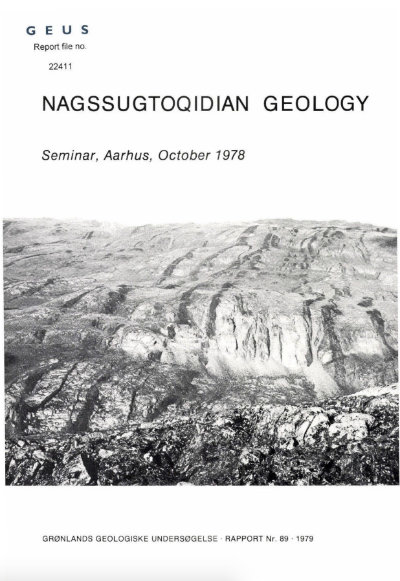Rb-Sr isotope evidence on the age of the Nagssugtoqidian orogeny in West Greenland, with remarks on the use of the term 'Nagssugtoqidian'
DOI:
https://doi.org/10.34194/rapggu.v89.7575Abstract
According to the original definition, the Nagssugtoqidian orogeny took place after the intrusion of the Kangamiut dykes in West Greenland (Ramberg, 1948). Two of these dykes have been dated recently and gave a Rb-Sr whole-rock isochron age of 1950 ± 60 m.y.* (Kalsbeek et al., 1978). On the basis of petrographic and (isotope-) chemical criteria it was argued that this age dates the intrusion of the dykes and not a much later metamorphism, and this conclusion is supported by other lines of evidence (see Kalsbeek et al., 1978). A lower age limit for the Nagssugtoqidian metamorphism is given by K-Ar biotite ages in the range of 1600-1800 m.y. (e.g. Larsen & Møller, 1968). The post-dyke Nagssugtoqidian metamorphism thus took place between c. 2000 and c. 1800 m.y., perhaps continuing to c. 1600 m.y.
Downloads
Published
Issue
Section
License
This article is distributed under a CC-BY 4.0 licence, permitting free redistribution and reproduction for any purpose, even commercial, provided proper citation of the original work. Author(s) retain copyright over the article contents.


